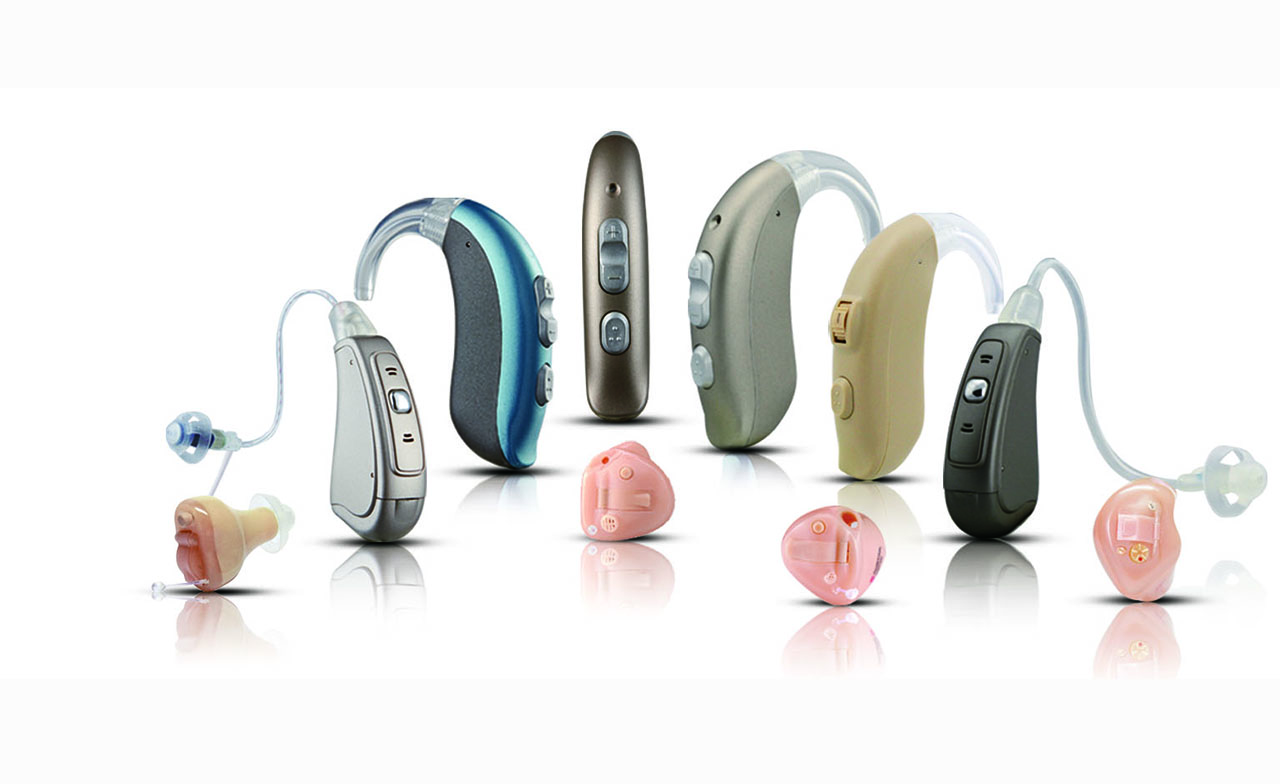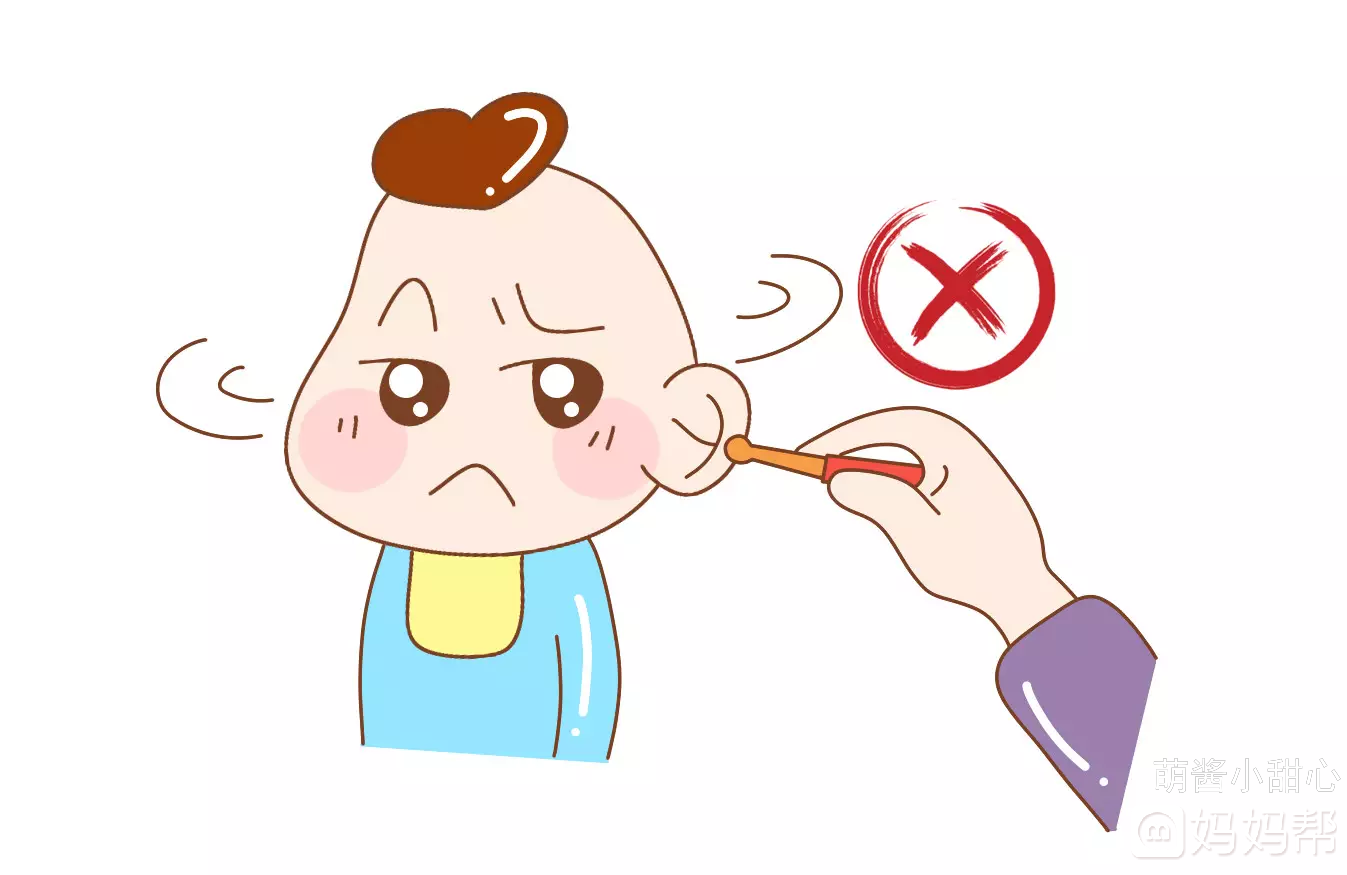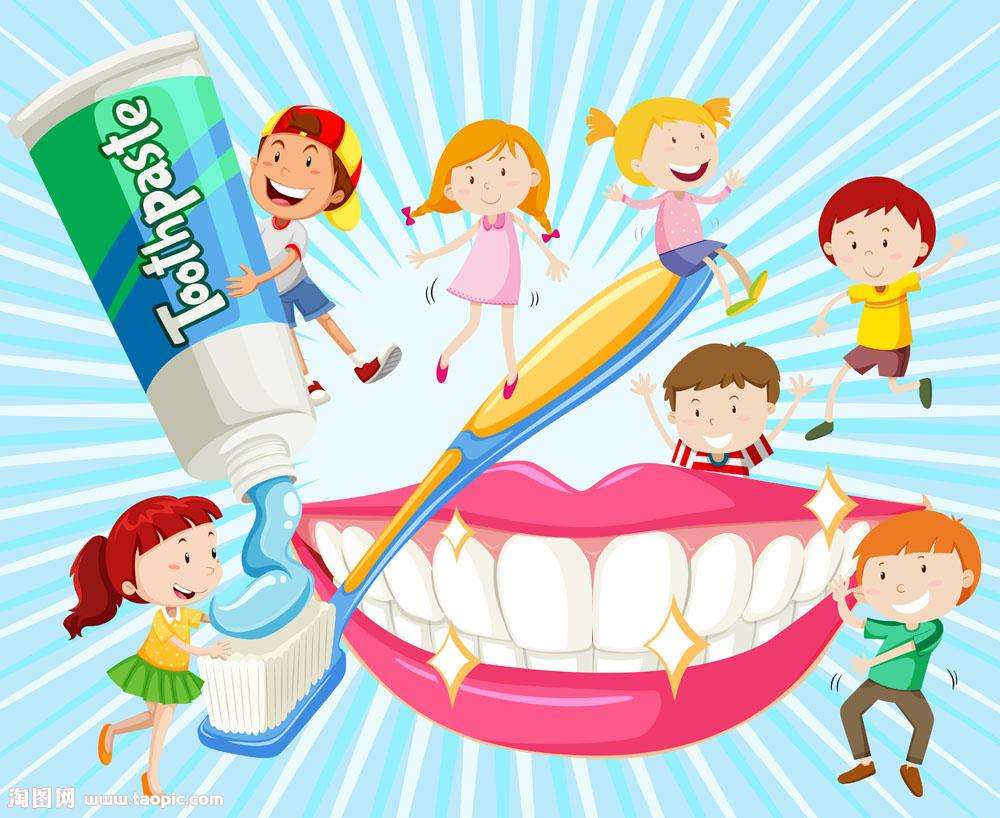“Hearing impairment tends to isolate people from friends and family because of a decreased ability to communicate; as such, untreated hearing loss may have considerable negative social, psychological, cognitive, and health effects.”[1]
Webp.net-compress-image (5)
Unlike most disabilities, hearing loss is invisible and can occur gradually, making it hard to detect and label as a concern. If you’ve ever spoken to someone who seemingly misinterpreted or ignored what you just said, or kept asking you to repeat yourself, they likely had some measure of hearing loss.
However, hearing loss affects much more than conversation. The ability to slow your mind and focus on the sounds of the world around you—birdcalls and crickets, the soft hum of a plane passing above, children laughing at the park—plays a large role in your sense of connectedness with the world. Someone with hearing loss may not think of their condition as anything more than a minor nuisance because they don’t remember what it was like to hear such a rich variety of sounds and all the enjoyment they added to life.

Left untreated, hearing loss can lead to mental and physical deterioration, which can seriously damage relationships as well as cognitive function. It may seem intrusive to advise a friend or family member to seek help for their hearing, but early treatment can be most effective when it comes to long-term hearing rehabilitation. Often people don’t realize how much hearing aids have improved over time and may have misconceptions about how they work, look, and feel. Having an open conversation about all the audiological options can help break down stigmas about hearing loss and make your loved one feel safe and supported.
It is likely that your loved one will deny their hearing loss at first, but there are ways to ease them through the healing process. By identifying reasons for resistance, you can learn how to overcome any objections and improve their quality of life.
Why seeking help is so important
Even mild untreated hearing loss can be disabling. It limits meaningful communication and social connectivity, which can have serious consequences like:
* Fatigue, tension, and stress
* Impaired memory
* Lack of ability to learn new tasks
* Reduced job performance and earning power
* Safety
* Studies have linked untreated hearing loss to a reduction in awareness of environmental sounds. Unheard and therefore unheeded traffic sounds, doorbells, telephones, alarms, and cries for help compromise the safety of those with hearing loss and
* everyone around them. The failure to hear smoke detectors and take quick action is the major reason adults 65 or older are more than twice as likely as any other age group to die in a home fire.
Deterioration of brain functions
Those living with untreated hearing loss may not be aware that failure to take corrective action could result in their brain actually forgetting how to hear and understand speech. This condition is called auditory deprivation and the longer the period before treatment, the more likely it is that the brain will forget how to process speech, even after treatment is implemented.

Multiple studies show why wearing hearing aids when needed is so important, especially when it comes to Alzheimer’s disease and dementia. Because of the strong link between hearing loss and cognitive function, the Alzheimer’s Association encourages hearing care professionals to speak with their patients about the disease, its early warning signs, and the related implications of unaddressed hearing loss.
 Pencil erases the human brain. Alzheimer disease.
Pencil erases the human brain. Alzheimer disease.
Positive statistics regarding hearing aid use
You can encourage your loved one to see a hearing professional and be fitted for hearing aids by providing some facts about how they can improve quality of life. Here are a few to get started:
* Among those with hearing loss in the United States, almost all (95%) can be treated with hearing aids.
* Nine out of ten hearing aid users report improvements in quality of life.
* Hearing aid use is associated with reductions in anger, frustration, paranoia, anxiety, and overall improvements in quality of life and emotional stability.
* Hearing loss treatment can improve interpersonal relationships and social activity.
* Successful treatment of hearing loss with hearing aids is associated with greater earning power.
* Hearing aids allow those with hearing loss to live more safely, securely, and independently.
* Today’s hearing aids can connect with multiple devices—including your smartphone—to make hearing as seamless as possible. In a world where a large part of our auditory intake comes from an electronic device, the ability to stream television, film and live
* performance audio, phone calls, and announcements made in travel hubs directly into your hearing aids is actually a convenience many people with normal hearing would envy.
* Many theaters, museums, places of worship, and other venues that make use of audio equipment have loop systems, FM, and infrared channels installed. For a full list of locations with assistive listening devices, visit aldlocator.com.
* You can use your smartphone or other device to manually adjust the settings on your hearing aid for countless listening situations. After this information has been saved, the hearing aid will learn to automatically recalibrate in environments with similar sonic properties.
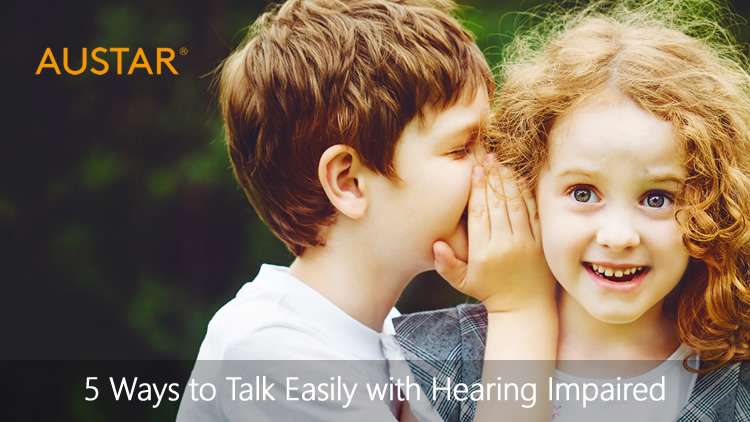











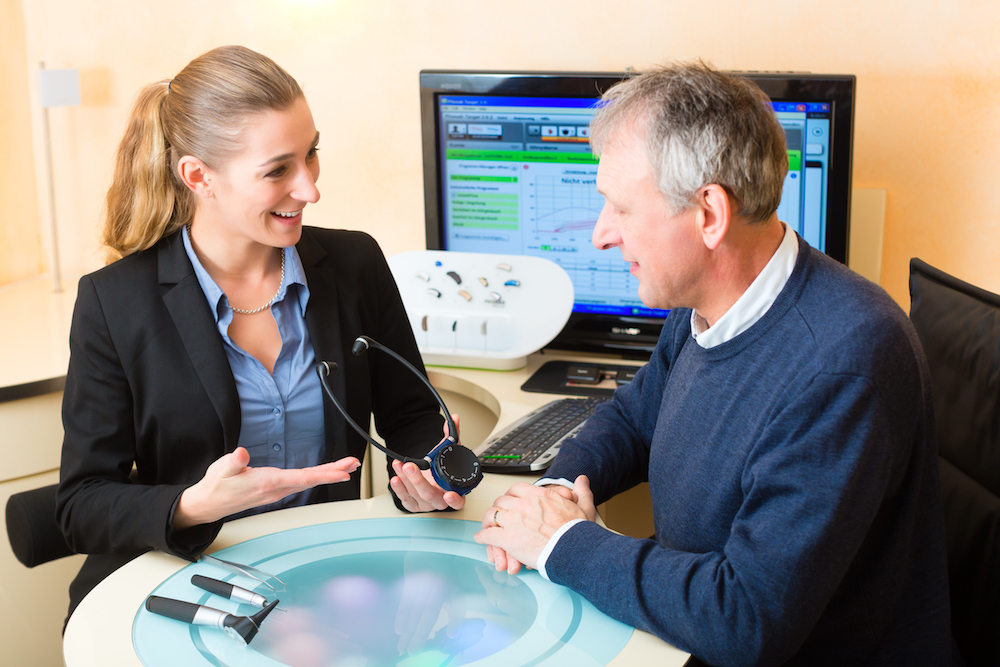































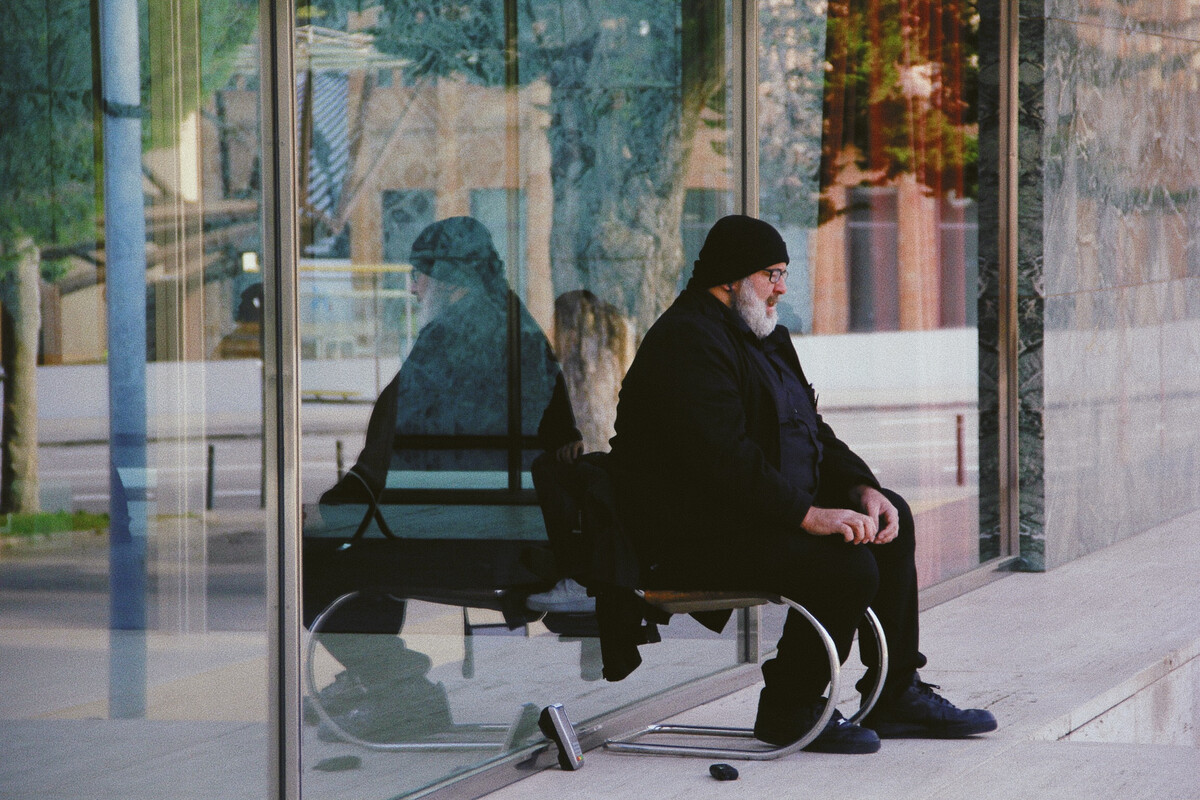



















![Ten traps in hearing aid consumption [online shopping]](https://www.austar-hearing.net/uploads/20200907/282e6c72e6740909111d3df5e6bd2897.jpg)
















